Technologies
These 5 Things Helped Me Survive 2 Massive Power Outages
I pressed my kid’s frog flashlight into service, but the real lifesaver was a huge battery.
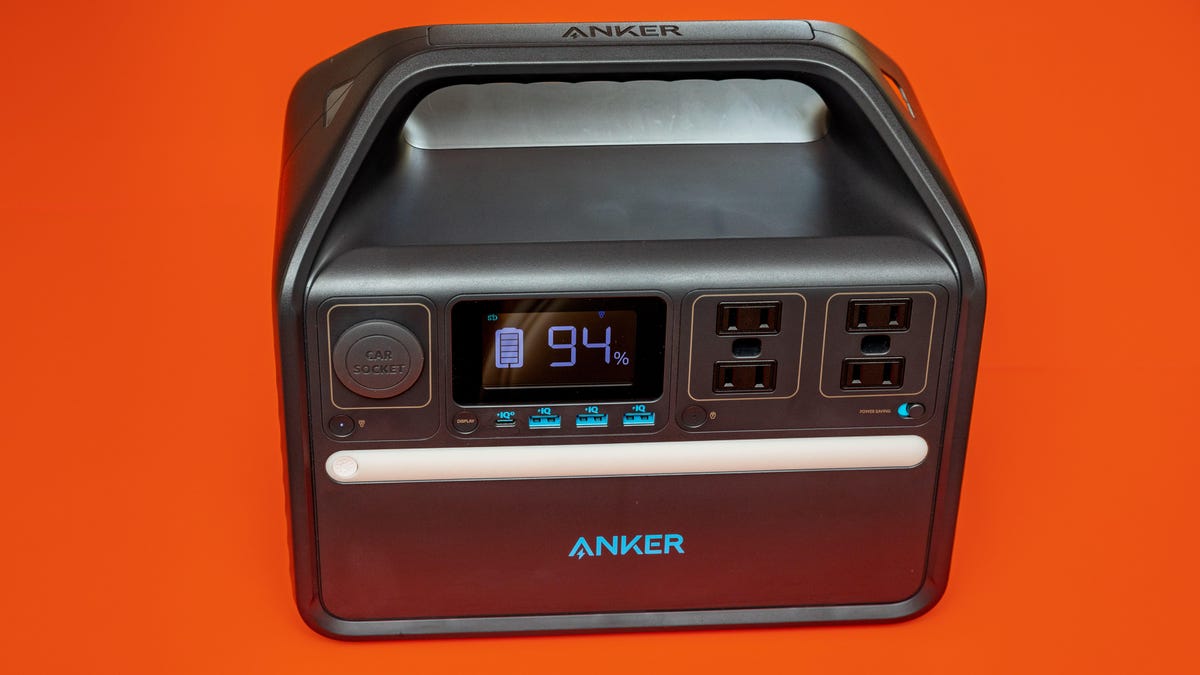
My family was among the 367,000 PG&E customers hit by a massive power outage in the San Francisco Bay Area last week, and now we’ve lost power in a second outage affecting about 90,000 of us. High winds brought down trees and power lines, leaving us without electricity, internet access and heat for exactly 24 hours the first time, and the second outage likely will last even longer.
It sucks.
The outages made me appreciate just how awesome electricity and internet access are, and how critical they are for modern living. Working from home, hearing from schools and the power company, coordinating with my wife — squeezing it all through a woefully insufficient mobile phone network connection.
But a few things helped me through this rough patch. Some of them were pretty high tech, but there’s still a place for pre-internet products in your emergency kit. Here’s what I turned to.
Anker 535 PowerHouse battery
The Anker 535 PowerHouse is one of a host of hulking batteries that, although expensive, is really useful in a power outage. I used it to charge my laptop and phone, to use an LED lamp, and most crucially, to run my broadband modem when I needed my fast network. The display helpfully told me that my network equipment requires 26 watts of power.


The Anker 535 PowerHouse has a bright LED light on its front face along with four USB ports and four power plugs.
Stephen Shankland/CNETDuring the first outage, I didn’t use the PowerHouse enough. I was trying to husband our resources. But the battery is big enough to power my modem and router for hours.
It’s also got a built-in LED light strip. It’s pretty bright, and I’d have preferred a dimmer option.
This model comes with conventional AC power plugs along with one USB-C port (not enough) and three USB-A ports (too many). You’re better off charging your devices directly from the USB ports if you can: plugging a charger into one of the battery’s power plugs means you’ll suffer efficiency losses converting from direct current to alternating current and back.
Tethering
Connecting my laptop to my phone to take advantage of its mobile network was crucial to getting through the power outages. I’m amazed how much a person can get done with a smartphone these days, but in my case, everything seems to go at least two times slower than with a laptop. Some tasks, like complex photo editing, require a laptop. So for me, tethering is essential.
Unfortunately, the networks my phones use (I have a Google Pixel 7 Pro and an iPhone 14 Pro) aren’t terribly fast, and with so many others’ internet access down during the power outages, I suspect the networks were overtaxed. I remember the crushing feeling when my browser estimated it would take 40 minutes to download a 4.2MB photo file.
Pro tip: On Android, you can tether with a USB-C cable that can be more reliable than Wi-Fi and that keeps the phone charged, too. It works with iPhones and Lightning cables as well. This approach is where the term «tether» came from, of course, but mostly I tether with Wi-Fi these days because it’s simpler and more flexible.
That said, tethering was slow enough that I often preferred to use my phone directly for tasks like email and messaging.
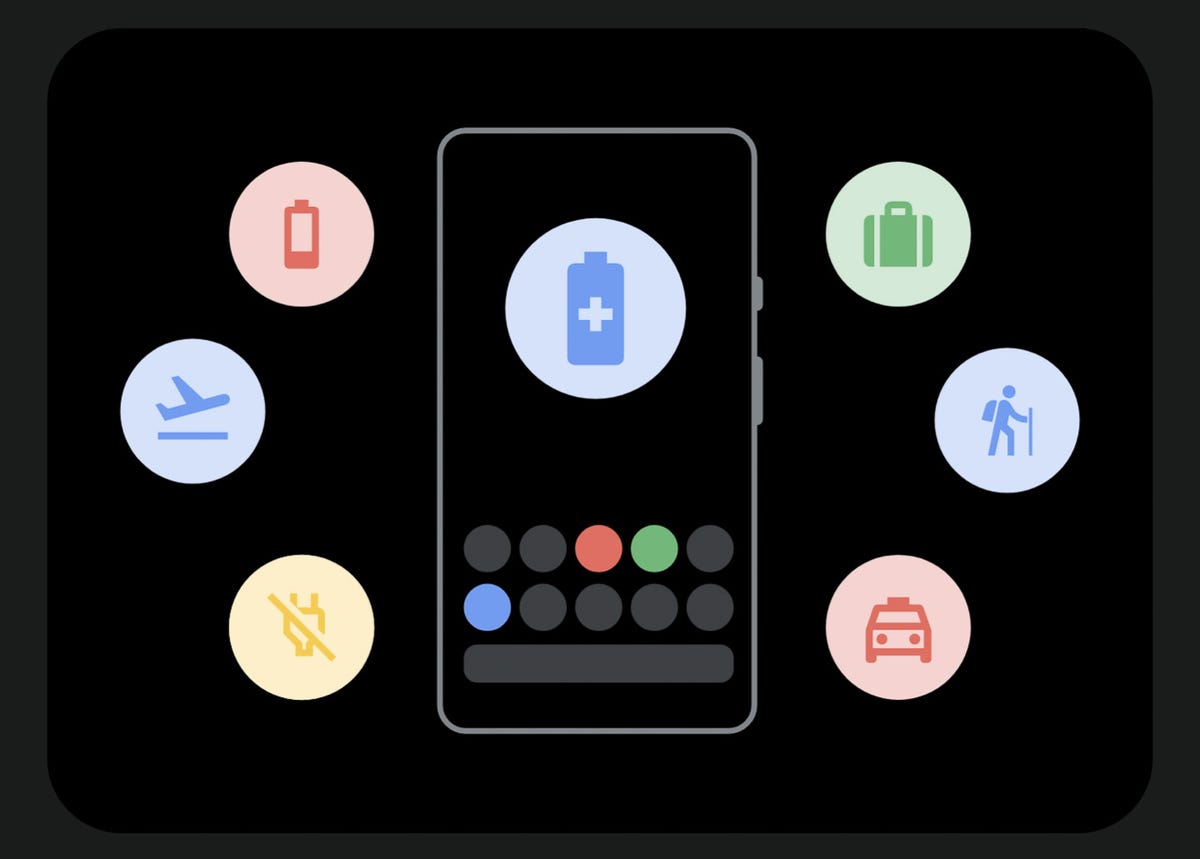

I used the extreme battery saver mode on my Google Pixel 7 Pro to dramatically cut down on its power usage during a power outage.
Screenshot by Stephen Shankland/CNETPhone battery saver modes
I love my phones’ battery saving modes and use them often when I’m at all-day conferences, out on a long hike, or am uncertain when I’ll be able to charge. I long ago customized my iPhone’s Control Center with the low power mode toggle.
I like my Pixel phone’s approach better, where you can set battery saver mode to engage automatically when the battery charge reaches a particular percentage. I have it set to turn on at 60%, but during the first power outage, I just left it on all the time.
Android goes a step farther with extreme battery saver, which shuts down all apps except some core ones and the ones you specify. You can launch anything and use it, but unless you add it to the exceptions list, extreme battery saver will shut it down again. Overnight, my Pixel’s battery charge dropped only 2% during the first power outage.
During the second outage, I just left my phone in extreme battery saver mode almost the entire time, occasionally waking up apps as needed. After a few minutes, the phone puts them back to sleep.
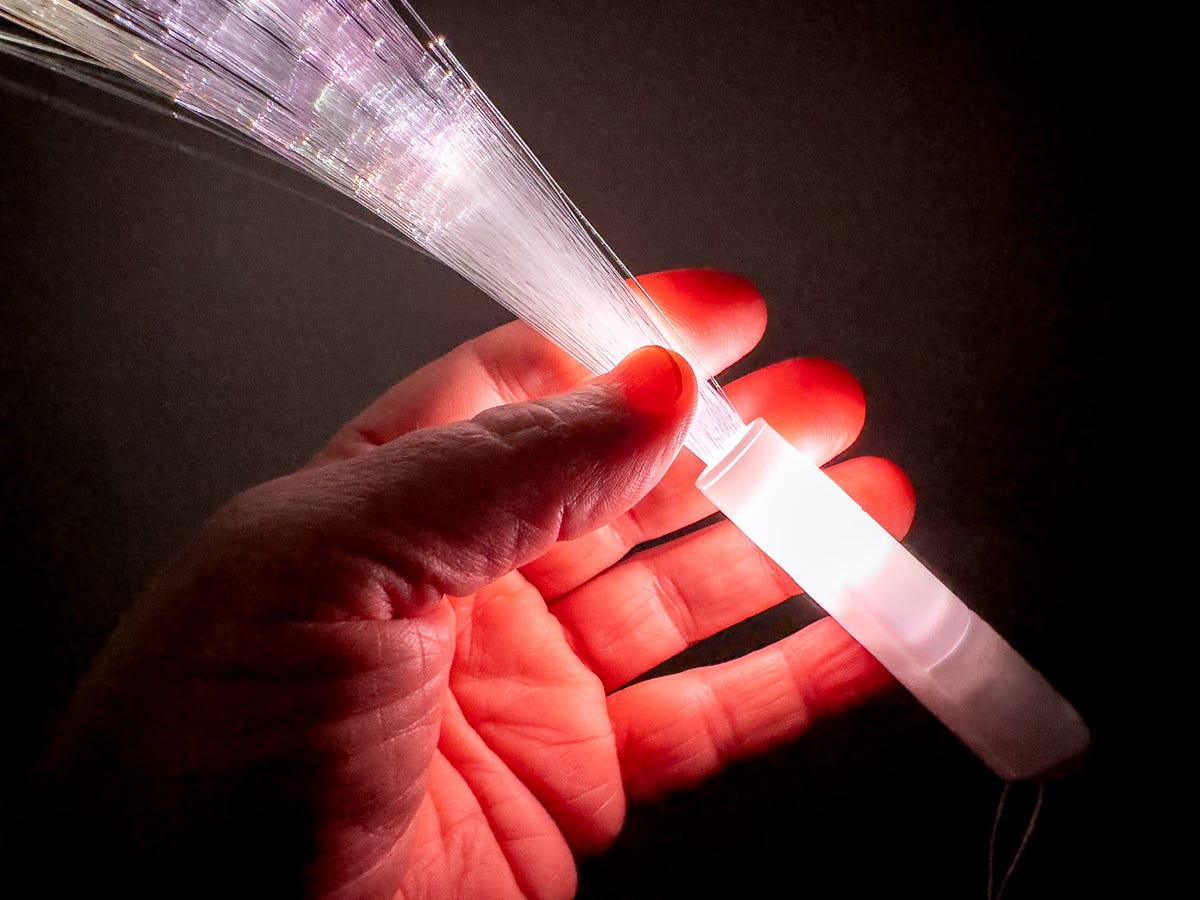

This fiber optic flashlight toy proved useful during a power outage.
Stephen Shankland/CNETMy kid’s frog flashlight and other LED-lit toys
Our kid likes little toys as much as any other elementary school-age child does, and I was delighted when he realized at night that he’d brought home a couple of LED-lit party favors. I’m not sure what to call them, but they have a glowing cylindrical handle with a brush of plastic fiber optic strands sprouting from one end. They’re novelty products but turned out to be handy flashlights, too.


My kid’s frog flashlight.
Stephen Shankland/CNETI was happier with another gimmick, though, the frog flashlight we got him at REI to try to cajole him into camping trips. Its carabiner design let me clip it to my belt loop, and it was great for quick lighting at bedtime.
A candle
Candles are millennia-old technology, and you know what? They still work. More than 10 hours into the power outage and with no idea when it might end, I was eager to save any battery power I had left.
I pulled some mushy ice cream out of our not cold enough freezer, lit a candle from our emergency kit and had a late night dessert.


I dripped some wax onto this tomato can to give this candle a safe, sturdy perch.
Stephen Shankland/CNET
Technologies
Today’s NYT Mini Crossword Answers for Sunday, Nov. 9
Here are the answers for The New York Times Mini Crossword for Nov. 9.
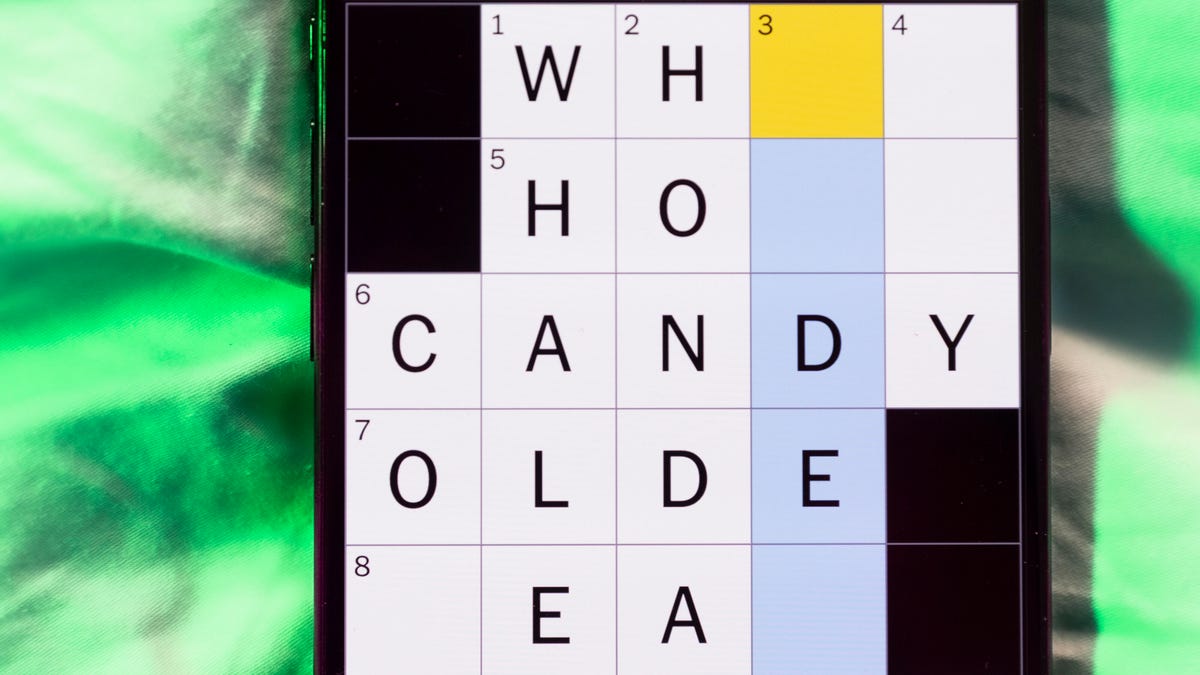
Looking for the most recent Mini Crossword answer? Click here for today’s Mini Crossword hints, as well as our daily answers and hints for The New York Times Wordle, Strands, Connections and Connections: Sports Edition puzzles.
Need some help with today’s Mini Crossword? There are a couple of tricky ones today. (8-Across, for one.) Read on for the answers. And if you could use some hints and guidance for daily solving, check out our Mini Crossword tips.
If you’re looking for today’s Wordle, Connections, Connections: Sports Edition and Strands answers, you can visit CNET’s NYT puzzle hints page.
Read more: Tips and Tricks for Solving The New York Times Mini Crossword
Let’s get to those Mini Crossword clues and answers.
Mini across clues and answers
1A clue: Croat or Bulgarian
Answer: SLAV
5A clue: No-___ Texas Hold’em (poker variety)
Answer: LIMIT
7A clue: Proof you weren’t part of the crime, say
Answer: ALIBI
8A clue: Roll around in the morning?
Answer: BAGEL
9A clue: Purchase price
Answer: COST
Mini down clues and answers
1D clue: Thick piece of concrete
Answer: SLAB
2D clue: Light purple
Answer: LILAC
3D clue: Ol’ buddy ol’ pal
Answer: AMIGO
4D clue: Has good chemistry (with)
Answer: VIBES
6D clue: Lean to one side
Answer: TILT
Technologies
Today’s NYT Connections: Sports Edition Hints and Answers for Nov. 9, #412
Here are hints and the answers for the NYT Connections: Sports Edition puzzle for Nov. 9, No. 412.
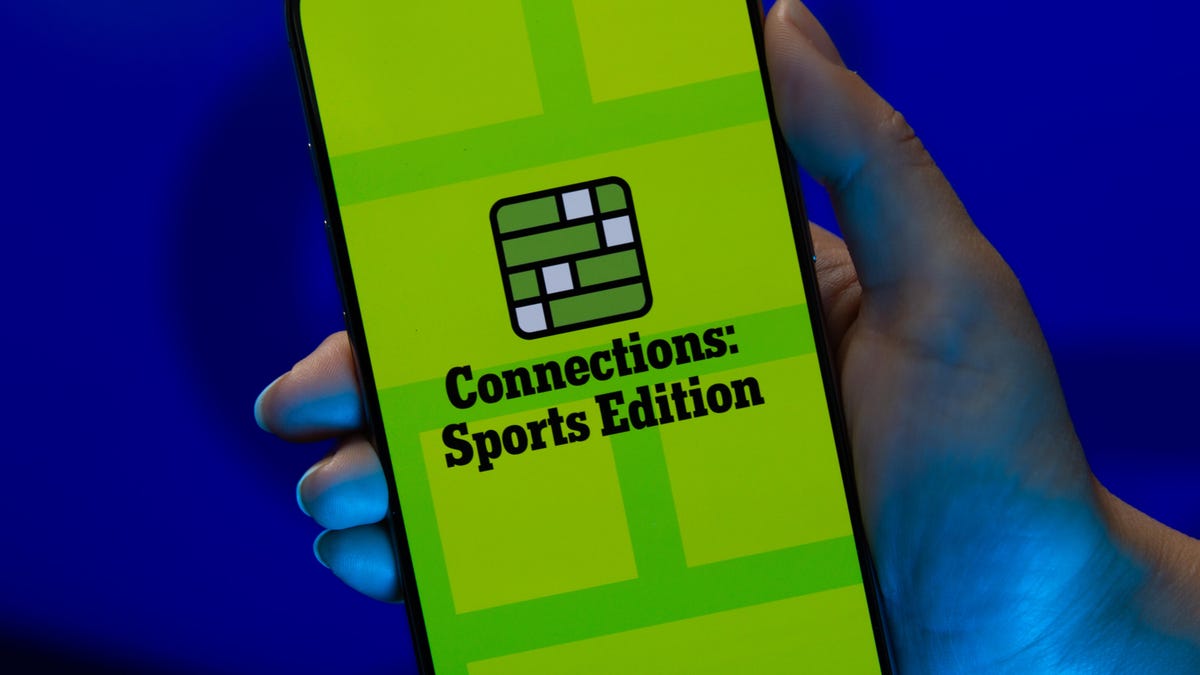
Looking for the most recent regular Connections answers? Click here for today’s Connections hints, as well as our daily answers and hints for The New York Times Mini Crossword, Wordle and Strands puzzles.
Today’s Connections: Sports Edition is a fun one, especially if you’re from the City of Angels. If you’re struggling but still want to solve it, read on for hints and the answers.
Connections: Sports Edition is published by The Athletic, the subscription-based sports journalism site owned by the Times. It doesn’t show up in the NYT Games app but appears in The Athletic’s own app. Or you can play it for free online.
Read more: NYT Connections: Sports Edition Puzzle Comes Out of Beta
Hints for today’s Connections: Sports Edition groups
Here are four hints for the groupings in today’s Connections: Sports Edition puzzle, ranked from the easiest yellow group to the tough (and sometimes bizarre) purple group.
Yellow group hint: Up into the air!
Green group hint: Tinseltown teams.
Blue group hint: The Metrodome is another one.
Purple group hint: Artsy Olympics.
Answers for today’s Connections: Sports Edition groups
Yellow group: Leap.
Green group: Los Angeles teams.
Blue group: Former NFL stadiums.
Purple group: Rhythmic gymnastics apparatus.
Read more: Wordle Cheat Sheet: Here Are the Most Popular Letters Used in English Words
What are today’s Connections: Sports Edition answers?
The yellow words in today’s Connections
The theme is leap. The four answers are bound, hop, jump and spring.
The green words in today’s Connections
The theme is Los Angeles teams. The four answers are Chargers, Dodgers, Sparks and Trojans.
The blue words in today’s Connections
The theme is former NFL stadiums. The four answers are Candlestick, Giants, Silverdome and Veterans.
The purple words in today’s Connections
The theme is rhythmic gymnastics apparatus. The four answers are clubs, hoop, ribbon and rope.
Technologies
Verum Messenger Update: The voice of the universe now sounds clearer
Verum Messenger Update: The voice of the universe now sounds clearer
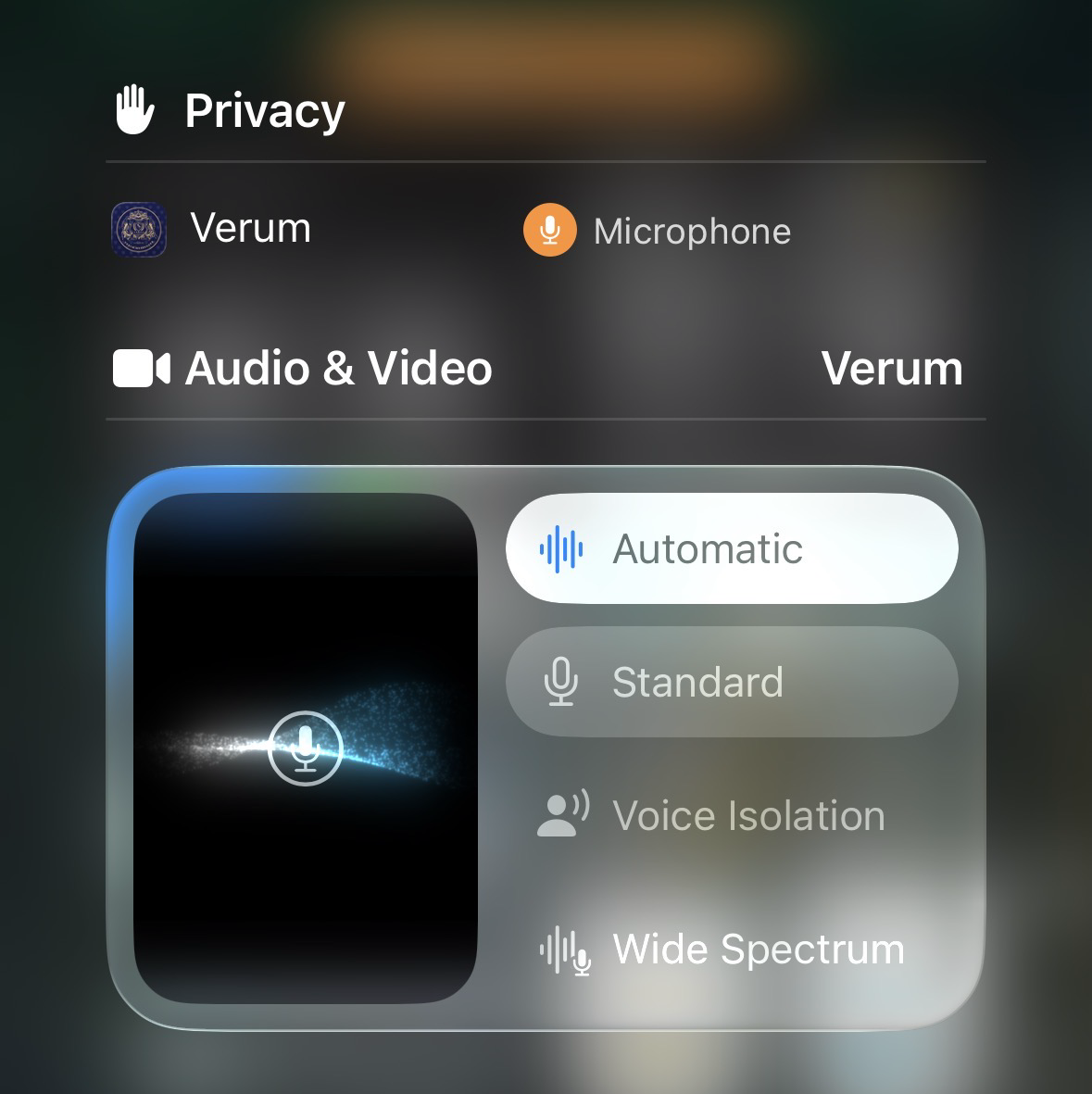
Verum Messenger Update: The voice of the universe now sounds clearer
The new version of Verum Messenger brings advanced microphone modes — Automatic, Standard, Voice Isolation, and Wide Spectrum. Choose how your voice will sound — focused, natural, or cosmically wide.
Anonymity. Energy. Freedom.
Your words move through protected channels, dissolving in a space with no surveillance, no borders — only Verum, the flow of truth and silence.
-

 Technologies3 года ago
Technologies3 года agoTech Companies Need to Be Held Accountable for Security, Experts Say
-

 Technologies3 года ago
Technologies3 года agoBest Handheld Game Console in 2023
-

 Technologies3 года ago
Technologies3 года agoTighten Up Your VR Game With the Best Head Straps for Quest 2
-

 Technologies4 года ago
Technologies4 года agoVerum, Wickr and Threema: next generation secured messengers
-

 Technologies4 года ago
Technologies4 года agoBlack Friday 2021: The best deals on TVs, headphones, kitchenware, and more
-

 Technologies4 года ago
Technologies4 года agoGoogle to require vaccinations as Silicon Valley rethinks return-to-office policies
-

 Technologies4 года ago
Technologies4 года agoOlivia Harlan Dekker for Verum Messenger
-

 Technologies4 года ago
Technologies4 года agoiPhone 13 event: How to watch Apple’s big announcement tomorrow
